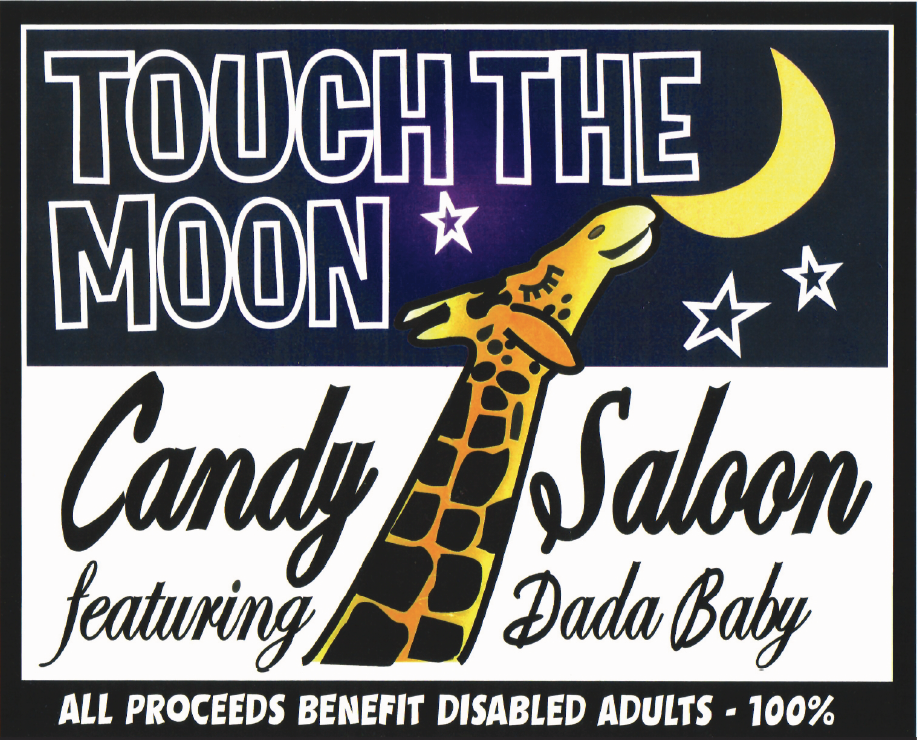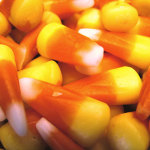Candy corn has been around for more than a century. George Renninger of the Wunderlee Candy Company invented it in the 1880s. It was originally very popular among farmers and its look was revolutionary for the candy industry. The Goelitz Candy Company started making candy corn in 1900 and still makes it today, although the name has changed to the Jelly Belly Candy Company.
5 things you didn’t know about candy corn:
1. The CIA has been using it for years as an “enhanced interrogation technique.”Among the many classified documents leaked by Edward Snowden was a largely overlooked report detailing the CIA’s forced feeding of candy corn to suspected Al Qaeda prisoners. The documents reveal that it proved far more effective in getting sensitive information than waterboarding ever did..
2. Dentists and their staffs loathe candy corn You may be surprised, however, by the reason. The little buggers are loaded with sugar and many people keep their dentists on speed-dial around Halloween. It’s good for dentist’s business. BUT…normal dental tools and office air compressors won’t get the stuff completely off patients’ teeth. Many dental hygienists are assigned to go out and rent industrial power washers to effectively remove all of it from patients’ sucrose-encrusted choppers It’s an unwieldly process usually performed in dental parking lots.
3. There are landfills devoted entirely to surplus candy corn
Candy corn is non-biodegradable, and most waste-management companies won’t touch the stuff. It must be carefully sorted and then trucked to a few special sites around the country in remote areas — e.g., the one at the federal nuclear storage site out in Hanford, WA. EPA officials there say they’re as worried about candy-corn leakage into the aquifers as they are about nuclear-waste seepage.
4. All candy corn was manufactured in 1917
Candy corn is the unwanted byproduct of a failed wartime manufacturing experiment that extruded a food-like substance to make flotation devices for U.S. troops. (But there was a war on, and few noticed this failed experiment). The Defence Department was literally stuck with tons of excess sugary material. It was briefly used as ballast for the U.S. Navy during World War II, but when the sugary substance began rotting the hulls of warships, the government quietly sold its stockpiles of the yellow-and-white goo to candy purveyors, who didn’t care about its limited shelf life. Candy companies now sell their extra yearly inventory to Third World Countries, who use it to pave roads.
5. It’s not really made of corn! – USA Today
October 30 is National Candy Corn Day!!

